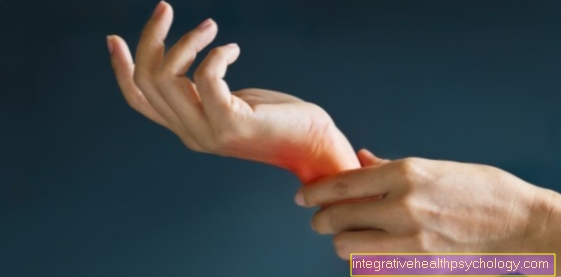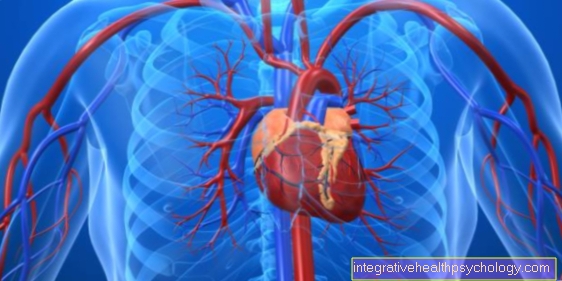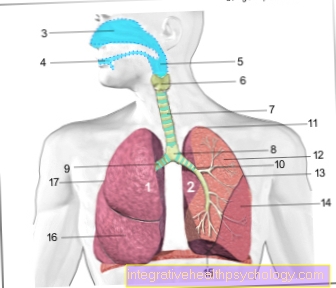volley
introduction
Since the tennis ball has to touch the ground at most once, but not necessarily, it enables the players to play the ball directly from the air into the opposing field.
This usually happens close to the net and is known as a volley game. Due to the proximity to the opposing field, the ball is played under increased time pressure. It is no longer possible to switch between forehand and backhand volleyball as well as a backward movement due to the proximity to the opponent. The best-known variant of a volley game in tennis is serv & volley, in which the player is connected to the net immediately after serving.
tactics
in the tennis the game on the net allows far greater ranges than a game from the baseline. In the absence of the backward movement, the counts volley in comparison to forehand and Backhand in its stroke structure to easier strokes. Why is volley not often used in practice?
A rally always starts from the baseline. The difficulty of playing volley is to overcome the path to the net. In order to gain space, the ball must be played with optimal, but not maximum, speed. A good position game is the basis for a successful volley. Since the volley is not played from the forward motion, the player must come to a stand. This is done using a split step. In addition, the volleys must be played precisely so that an opponent's pass can be avoided.
initial position
- The feet are shoulder width apart, the knees are slightly bent.
- The body weight load is on the balls of the feet
- The tennis racket is held with a backhand grip
- The non-striking hand is on the neck of the club
- The eyes are on the ball.
Return the racket

- The club head is brought back to shoulder height. note: no more than shoulder height
- The upper body is turned up to the list
- The body weight shifts to the right foot
- The elbow joint is angled about 90 °.
Surcharge movement

- The ball is hit in a downward motion, giving it a backward spin (slize)
- The meeting point of the ball is on the side in front of the body at shoulder height
- Similar to the baseline strokes (forehand / backhand), the volleyball accelerates the bat towards the point of impact
- The clubface is almost parallel to the net at the time of the hit
- At the meeting point, the club must be firmly gripped so that the club and arm are stable
Swing

- Since the ball is hit in a forward motion, the body must be brought back into balance after the hit point. The left foot is put forward in front of the right foot when striking.
- The swing of the club is over the left side.
Typical mistakes
Typical volley mistakes:
- The club is being moved too far backwards (backward movement)
- Consequence: The ball is hit too late and the probability of hitting the ball increases
- Correction: volleyball right in front of a wall
- The club is not held sufficiently at the meeting point
- Consequence: If the ball is not hit centrally on the racket, a volley is hardly possible
- Forehand grip
- Consequence: backhand volleyball is only possible with heavy strain on the wrist
- Volley game not close enough to the net
- Result: The ball is no longer hit at shoulder height, but below the edge of the net
- Correction: specifically include the forward movement in volley training
- Meeting point too close to the body
- Consequence: no control of the volley game
- No split step before the stroke
- Consequence: The ball is hit in a forward motion and the probability of being passed increases
More information
Further information on tennis can be found here:
- tennis
- surcharge
- forehand
- Backhand
- One handed backhand
- Volley backhand
- smash






























